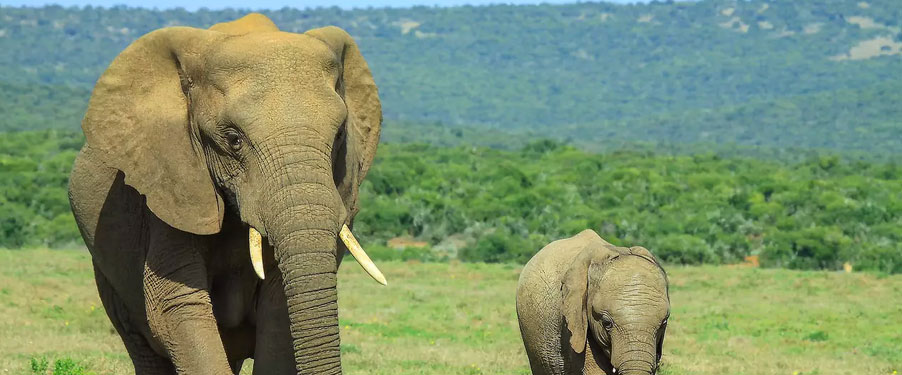Manas National Park: Where the Wild Roam Free
Updated [25-Oct-23] Manas National Park, a UNESCO World Heritage site nestled in the northeastern corner of India, is a wildlife enthusiast's haven, a paradise of unparalleled natural beauty, and a testament to successful conservation efforts. In this 500-word blog, we will embark on a virtual journey to Manas, exploring its rich biodiversity, unique features, and the remarkable conservation work that makes it one of the most cherished natural sanctuaries on the planet.
1. Diverse and Dynamic Ecosystem: Manas National Park, situated in the foothills of the Himalayas in the state of Assam, offers a diverse and dynamic ecosystem. It spans across lush grasslands, dense forests, and crystal-clear rivers, creating a perfect environment for a wide variety of flora and fauna. This incredible diversity is a testament to the park's uniqueness.
2. Where the Wild Thrive: Manas is famed for its magnificent resident wildlife. The park hosts several endangered and charismatic species, such as the Bengal tiger, Indian rhinoceros, wild water buffalo, pygmy hog, and the elusive clouded leopard. The regular sightings of these majestic animals make Manas a prime destination for wildlife enthusiasts.

3. Feathered Wonders: Manas is also a bird watcher's paradise, boasting over 450 bird species. The endangered Bengal florican, giant hornbill, and the vividly colored scarlet minivet are among the numerous avian delights that call Manas their home. The melody of these birds provides a soothing backdrop to your journey through the park.
4. A Glimpse into Tribal Life: Manas National Park has a rich history interwoven with the indigenous Bodo tribal culture. Visitors have the unique opportunity to immerse themselves in the traditions, folklore, and cuisine of these welcoming communities, providing a holistic experience of the region's heritage.
5. Conservation Triumphs: The success story of Manas is an inspiring one. The park faced significant challenges due to poaching and unrest in the region, leading to its inclusion in the List of World Heritage in Danger. However, concerted efforts by the government, local communities, and conservation organizations have led to a remarkable recovery. Manas was removed from the danger list in 2011, underscoring the significance of collaborative conservation initiatives.
6. Challenges to Preserve: Despite its remarkable recovery, Manas still faces challenges. Habitat loss, illegal poaching, and human-wildlife conflicts are ongoing concerns. Conservationists are working diligently to address these issues while ensuring the sustainable livelihood of the local communities living around the park.
7. Visiting Manas: The best time to explore Manas National Park is from November to April, when the park is open to visitors. Booking Manas Jeep Safaries ,elephant rides, and river cruises are popular ways to explore this natural paradise. Remember to book your accommodations and safaris well in advance to ensure a smooth and fulfilling experience.
Conclusion: Manas National Park stands as a beacon of hope, showcasing the power of conservation efforts and the resilience of nature. A visit to Manas offers not just a glimpse of extraordinary wildlife and scenic landscapes but also a deeper understanding of the intricate balance between humans and the wild. It serves as a reminder that when we work together, we can protect and preserve our natural treasures. Manas National Park is an ode to the wild, a sanctuary of harmony, and an inspiration for conservation efforts worldwide. It is a place where the wild roam free, and in doing so, they inspire us to protect and cherish the untamed beauty of our planet.
